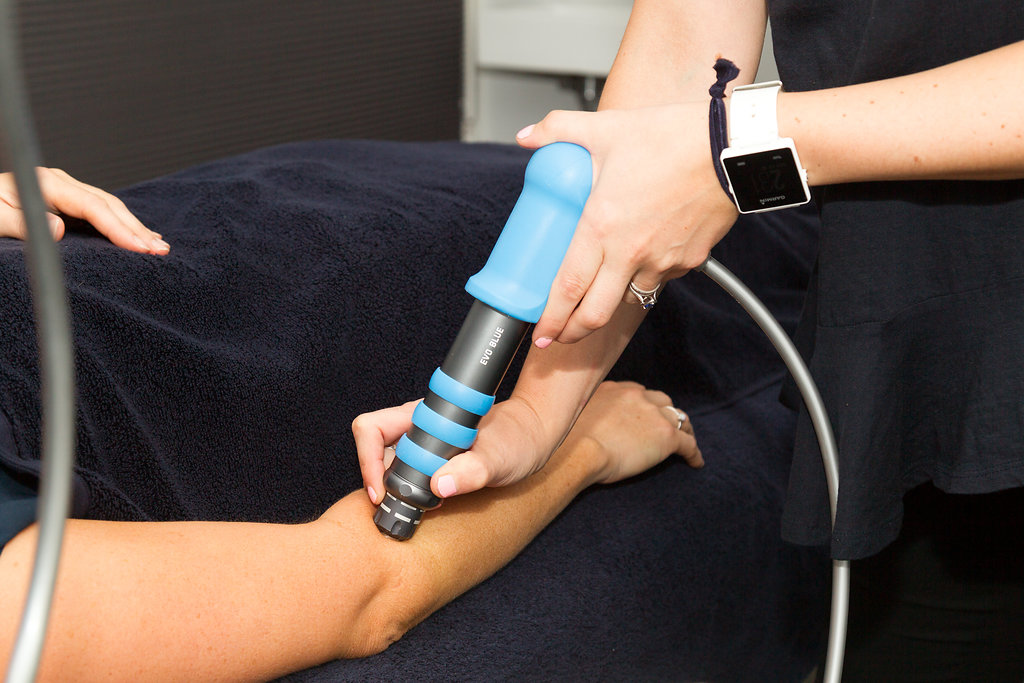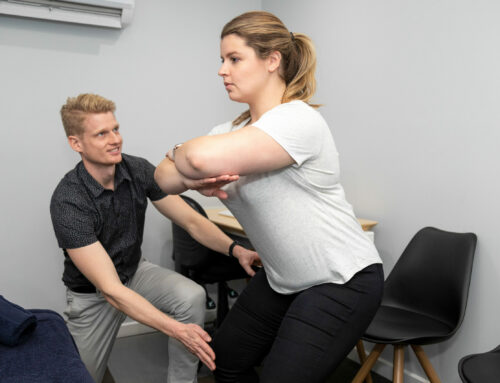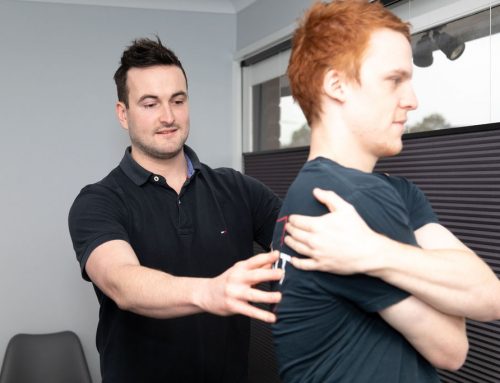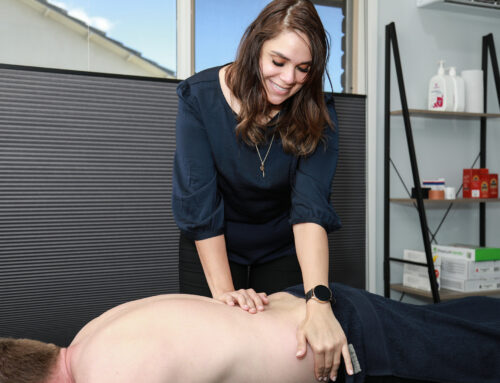It is a really common condition that affects people from all walks of life whether you’re Roger Federer, the weekend warrior or even a desk worker. It affects… you guessed it, your elbow! Usually as a result of overuse from either sport, work or poor lifting technique.
What is Tennis Elbow?
Tennis Elbow (Lateral Epicondylitis) is a condition that typically affects people aged 30-50 years of age. Occurring from the overuse and irritation of the Extensor Carpi Radialis Brevis (ECRB) tendon which is found in the forearm. The overuse then causes inflammation of the muscles and tendons on the outside of the elbow, and this results in pain.
How long does it take to heal?
As tendons have a poor blood supply, the healing time can be longer than your typical muscular strain. Typically you can expect to see significant improvement after 3-4 weeks of treatment. After 6-9 weeks of treatment most people are largely symptom-free.
However, depending on the presentation, management and adherence to the rehabilitation program some tendons can take longer to heal.
Chronic (Long Term) tennis elbow injuries can take 6-12 months to recover. It can be associated with degeneration of the tendons and an increase in chemicals associated with the pain response in that area.
What can your Osteopath do to help?

2. Improving upper limb joint mobility and range through articulation and mobilisation.
3. Potential use of Dry Needling which increases blood flow to the area to assist in healing whilst decreasing muscular tension.
4. Potential use of Radial Shockwave Therapy which enables the tendons to glide freely whilst also decreasing pain and increasing blood flow to the region.
5. Strengthening exercises to build up the muscles/tendons surrounding the joint to decrease pain and the likelihood of recurrence of injury.
6. Education and management to assist in decreasing the likelihood of recurrence or aggravation of the injury, this can be in the form of taping, bracing and education on which movements or activities to alter in the short term.
What can you do to help yourself?
1. Alter or avoid movements in the short term which cause pain or aggravation of your symptoms.
2. Applying Ice to the affected area can assist in decreasing pain.
3. Make an appointment with one of our Osteopaths.
Questions?
If any further questions or advice is required, feel free to phone our friendly reception staff or enter your question on our website via drift at www.pakenhamosteopathy.com.au, or you can email me directly jack@pakenhamosteopathy.com.au
Thanks for reading!





